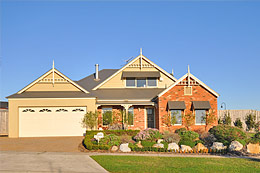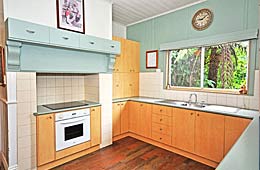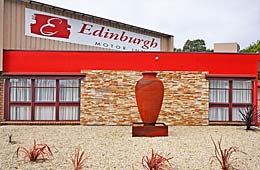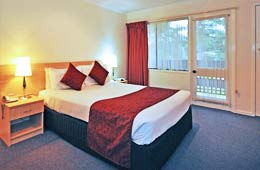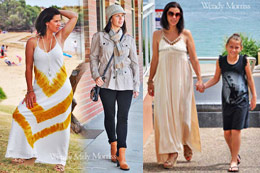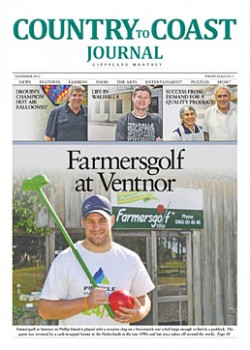Melbourne Day
Research and copy for Melbourne Day display in the Eureka Tower for the Melbourne Chinese Museum
By Wendy Morriss
Melbourne Day is celebrated in memory of those led by Captain John Lancey who arrived on John Fawkner’s schooner ‘Enterprize’, and settled on the north bank of the Yarra River on August 30, 1835, at a place now known as EnterprizePark near Queen’s Bridge.
In May 1835, John Batman explored Port Phillip Bay seeking a suitable site for settlement stating ‘this will be the place for a village’. On June 6, he met with elders of the Wurundjeri people, the traditional owners of land around the Yarra River where a treaty was signed to exchange goods for some 500,000 acres of land (illegal by British law). He returned to Van Diemen’s Land (Tasmania) to arrange an expedition to establish a first settlement. His rival, John Fawkner financed an expedition to also establish a settlement led by Captain John Lancey who arrived aboard the Enterprize on August 30. The settlement was officially named Melbourne in March 1837 in honour of the British Prime Minister, Lord Melbourne.

Portrait of John Pascoe Fawkner by John Kemp. Image: State Library of Victoria, Accession No: H141882

Portrait of John Batman by William Beckworth McInnes c1937. Image: City of Melbourne Art and Heritage Collection AM1086791.

Batman’s Treaty with the Aborigines at Merri Creek, 6th June 1835 by John Burtt. Image: State Library of Victoria, Accession No: H92.196

Melbourne from the South Bank of the Yarra 1840 by Eleanor McGlinn.Shows Batman’s Hill that later became the site of Spencer Street Railway Yards, and John Fawkner’s hotel on the hill at the corner of Collins and Market Streets. Image: State Library of Victoria, Accession No: H265

Founding of Melbourne, August 30, 1835. Shows John Fawkner’s ship the Enterprize landing in Melbournec1885 Image: State Library of Victoria, Accession No: H36536
Grand buildings of Melbourne 1850 – 1880
Several of Melbourne’s civic buildings with their imposing proportions, distinguished architecture and lavish interiors reflect the prosperity and sophistication of ‘Marvellous Melbourne’ (a phrase coined during the boom time of the gold rush era in Victoria). At the peak of the gold rush in the 1850s, around two tons of gold flowed into the Old Treasury building weekly, and by 1880, Melbourne was one of the largest and richest cities in the world.
Melbourne 1880

Government House, Melbourne by William Wilkinson Wardell (architect) 1880. Image: State Library of Victoria, Accession No.H2006.56/27
Government House, Melbourne
Government House, Melbourne, is the office and official residence of the Governor of Victoria. It is the largest Government House in the former British Empire. Construction of the building began in 1871 and it was completed in 1876.

Melbourne Town Hall and Swanston Street by Jacques Carabain. Image: State Library of Victoria, Accession No: H15967
Melbourne Town Hall
The Melbourne Town Hall on the corner of Swanston and Collins Streets is the seat of the Local Government Area of the City of Melbourne and a hub of Melbourne’s cultural and civic activities. The foundation stone was laid by Prince Albert, the Duke of Edinburgh in 1867 and the building was completed in 1870.

Old Treasury Building, Melbourne.Image courtesy of the East Melbourne Historical Society, from an original held by the City of Melbourne Arts and Heritage Collection.
The Old Treasury Building, Melbourne
The Old Treasury Building on Spring Street in Melbourne was once the home of the Treasury Department of the Government of Victoria. It was designed by nineteen-year-old architect JJ Clark and built between 1858 and 1862 to house the state’s gold vaults during the gold rush era.

Federal Parliament House, Melbourne, postcard 1905. Image: State Library of Victoria, Accession No: H33668/77
Parliament House, Melbourne
Victoria’s Parliament House, Spring Street in Melbourne was built in stages between 1855 and 1929. The parliamentary chambers were completed in 1856 and at the height of the gold rush boom, a colonnade and portico were added to the front of the building.

The Melbourne International Exhibition 1880, published by David Syme and Co., Melbourne. Image: State Library of Victoria, Accession No: IAN09/10/80
The Royal Exhibition Building, Melbourne
The Royal Exhibition Building and Carlton Gardens were completed in 1880 for Melbourne’s first international exhibition, when the city was basking in wealth from the richest gold rush in the world. It is now a world heritage site.

